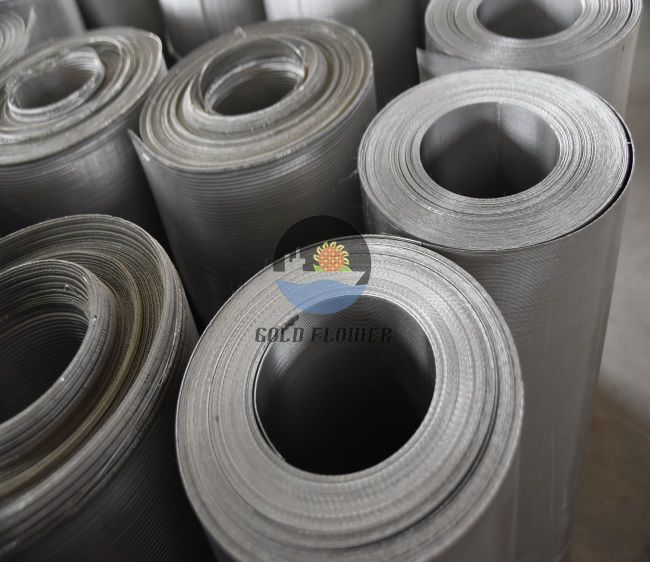Dec . 15, 2024 10:09 Back to list
best metal wire weaving
The Art and Craft of Metal Wire Weaving
Metal wire weaving is an ancient yet dynamic art form that has evolved over the centuries, blending traditional techniques with contemporary design. Its versatility allows artisans to create intricate pieces that serve both functional and decorative purposes. This article delves into the best types of metal wire for weaving, the techniques involved, and the unique applications of this craft.
Types of Metal Wire for Weaving
When it comes to metal wire weaving, the type of wire you choose is crucial to the final outcome. Here are some of the best metal wires commonly used
1. Aluminum Wire Known for its lightweight properties, aluminum wire is easy to manipulate and comes in various colors, making it a popular choice for artistic projects. It is resistant to corrosion and does not tarnish, enhancing its durability. Additionally, its soft texture allows for effortless bending and shaping.
2. Copper Wire Copper wire is favored for its excellent conductivity and malleability. It can be easily twisted and woven into intricate patterns. Over time, copper develops a beautiful patina, adding character to woven items. Its warmth and richness in color make it a beloved choice among artisans.
3. Stainless Steel Wire For items requiring strength and durability, stainless steel wire is ideal. It resists rust and corrosion, making it suitable for outdoor decor. While more challenging to work with due to its stiffness compared to aluminum or copper, the results can be strikingly elegant, providing a contemporary feel.
4. Brass Wire This alloy of copper and zinc is primarily chosen for its aesthetic appeal. Brass wire boasts a bright golden color and develops a unique patina over time, resembling aged bronze. It is often used for creating jewelry and decorative pieces that require a touch of elegance.
Techniques in Metal Wire Weaving
The craft of metal wire weaving employs several techniques that can be tailored to individual preferences. Here are a few basic methods
best metal wire weaving

- Twisting This foundational technique involves twisting two or more strands of wire together to form a sturdy foundation. This not only adds strength but also creates interesting textures.
- Braiding By intertwining three or more strands of wire, artisans can produce complex patterns. Braiding can be used to create everything from jewelry to basket-like forms.
- Looping This technique involves creating loops with wire to form intricate designs. Looping is particularly effective for creating chain links in jewelry or decorative elements in woven structures.
- Coiling Coiling involves wrapping wire around a form to create a spiral effect, which can be used to make beads, decorative elements, or structural components in larger pieces.
Applications of Metal Wire Weaving
The applications of metal wire weaving are vast and varied. Artists often create stunning pieces of jewelry, such as necklaces, bracelets, and earrings, utilizing different wire types and techniques for unique effects. Home decor items, including wall hangings, light fixtures, and plant holders, can be beautifully crafted through weaving methods.
Moreover, metal wire weaving has gained traction in functional applications, such as creating baskets, fencing, and sculptures. The interplay of light and shadow in woven metal forms adds a captivating dimension to these objects, making them both practical and visually appealing.
Conclusion
Metal wire weaving is a captivating blend of art and functionality. With the right materials and techniques, artists can create stunning pieces that resonate on both aesthetic and practical levels. Whether for jewelry, decor, or functional craft, the beauty of metal wire weaving allows for endless creativity and expression. As interest in handmade crafts continues to rise, metal wire weaving stands out as a timeless skill that marries tradition with innovation.
share
-
CE Certification Buy Wire Mesh Fence for High Security and Durability
NewsJul.30,2025
-
Stainless Steel Mesh Filter Discs for Precise Filtration Solutions
NewsJul.29,2025
-
CE Certification 250 Micron Stainless Steel Mesh for Industrial Use
NewsJul.29,2025
-
Premium Stainless Steel Weave Mesh for Filtration and Security
NewsJul.29,2025
-
CE Certification 250 Micron Stainless Steel Mesh for Safety & Durability
NewsJul.29,2025
-
Decorative Perforated Metal Panels & Sheets with Unique Patterns
NewsJul.28,2025

